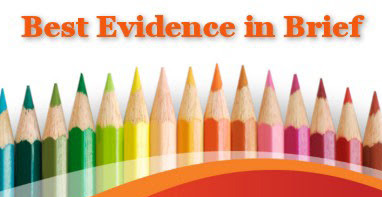A recent study published in the Social Sciences & Humanities Open journal provides guidance on how to manage differential alignment between outcome measures and education interventions. When conducting research in natural settings, researchers aim to reduce bias by accounting for such study artifacts as measurement biases and implementation problems. The importance of understanding the potential artifacts is twofold. On one hand, a bias can result in exaggerated intervention effects, especially when the outcome measure is overly aligned with the content of the treatment or control condition. On the other hand, research syntheses can benefit from the use of overall differential alignment by incorporating richer data to inform review standards and classifications of measurements, as well as to enhance the meta-analytic moderator analyses.
To prevent this problem of outcome overalignment, and the resulting propensity for magnified effect sizes, the authors propose a process of quantifying differential alignment that differs from other authors’ formulas, as it does not rely on individual-level data but rather extracts information based on common features of assessments, allowing for quantification by synthesis researchers regardless of primary researchers’ reporting of alignment. The authors describe their formulas to find alignment and overalignment.

